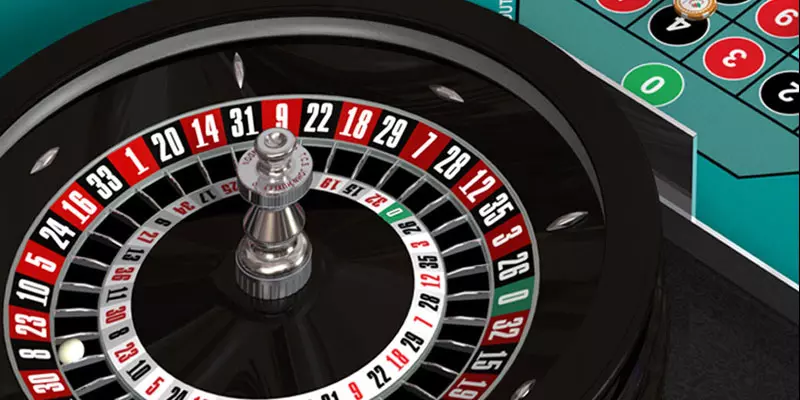To become a skilled player, it’s essential to grasp the odds and probabilities inherent in roulette. This knowledge allows players to make informed decisions about which bets to place, ultimately enhancing their gaming experience.
The Basics of Roulette Wheel
Roulette features various types of bets, each with distinct odds of winning. These can range from simple even-money bets (like red or black) to more complex wagers on single numbers https://789bet.domains/.
- Even-Money Bets: These wagers offer nearly a 1:1 payout and include options like red/black or odd/even. The chances of winning these bets are roughly 48.6% in European roulette, considering the single zero. However, in American roulette, where there is an additional double zero, the odds drop slightly to around 47.4%.
- Column and Dozen Bets: Each of these covers 12 consecutive numbers on the wheel, providing a better payout of 2:1. While the odds increase compared to individual number bets, they still fall short of even money due to the house edge.
- Single Number Bets: Betting on a specific number offers the highest payout at 35:1, but the odds of hitting that number are only about 2.63% for European roulette and 2.63% for American roulette. This stark contrast illustrates the trade-off between risk and reward in roulette betting.
Understanding these odds allows players to tailor their strategies effectively, aligning their risk tolerance with potential payouts.
House Edge Explained
The concept of the house edge is crucial for any casino game, particularly roulette. The house edge represents the percentage of each bet that the casino expects to keep over time, calculated based on the total number of possible outcomes.
- European vs. American Roulette: European roulette has a house edge of 2.7%, while American roulette’s double zero increases this to approximately 5.26%. This difference underscores the importance of choosing the right version of the game to maximize potential returns.
- Impact on Long-Term Play: Over time, players can expect to lose 2.7% of their total bets in European roulette and 5.26% in American roulette under normal circumstances. Recognizing this statistic helps players set realistic expectations for their overall experience.
- Strategies to Mitigate the Edge: While the house edge cannot be eliminated, players can employ strategies such as setting strict loss limits, employing betting systems wisely, and selecting games with favorable odds to help mitigate its impact.
Grasping the house edge is paramount for anyone serious about roulette, as it impacts all aspects of gameplay from betting strategy to bankroll management.
Probability Calculations for Various Bets
To enhance your understanding of roulette, performing probability calculations for different bets can provide valuable insights into gameplay decisions.
- Calculating Probabilities: For example, when betting on red (18 out of 37 possible outcomes in European roulette), the probability of winning is calculated as 18/37, translating to about 48.6%. In contrast, placing a bet on a single number yields a much lower probability of 1/37, or roughly 2.63%.
- Payout Comparisons: These probabilities directly correlate with the payouts associated with each type of bet. The higher the likelihood of winning, the lower the payout ratio, illustrating a fundamental principle of betting dynamics.
- Using Probabilities in Strategy: Armed with these calculations, players can make more strategic decisions about how to allocate their bets. By comparing the odds of different betting options against their potential payouts, players can identify the most sensible plays given their bankroll and risk appetite.
Diving into the probabilities behind roulette provides players with analytical tools to enhance betting strategies, Roulette Wheel ultimately leading to better results at the table.






